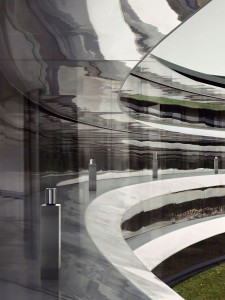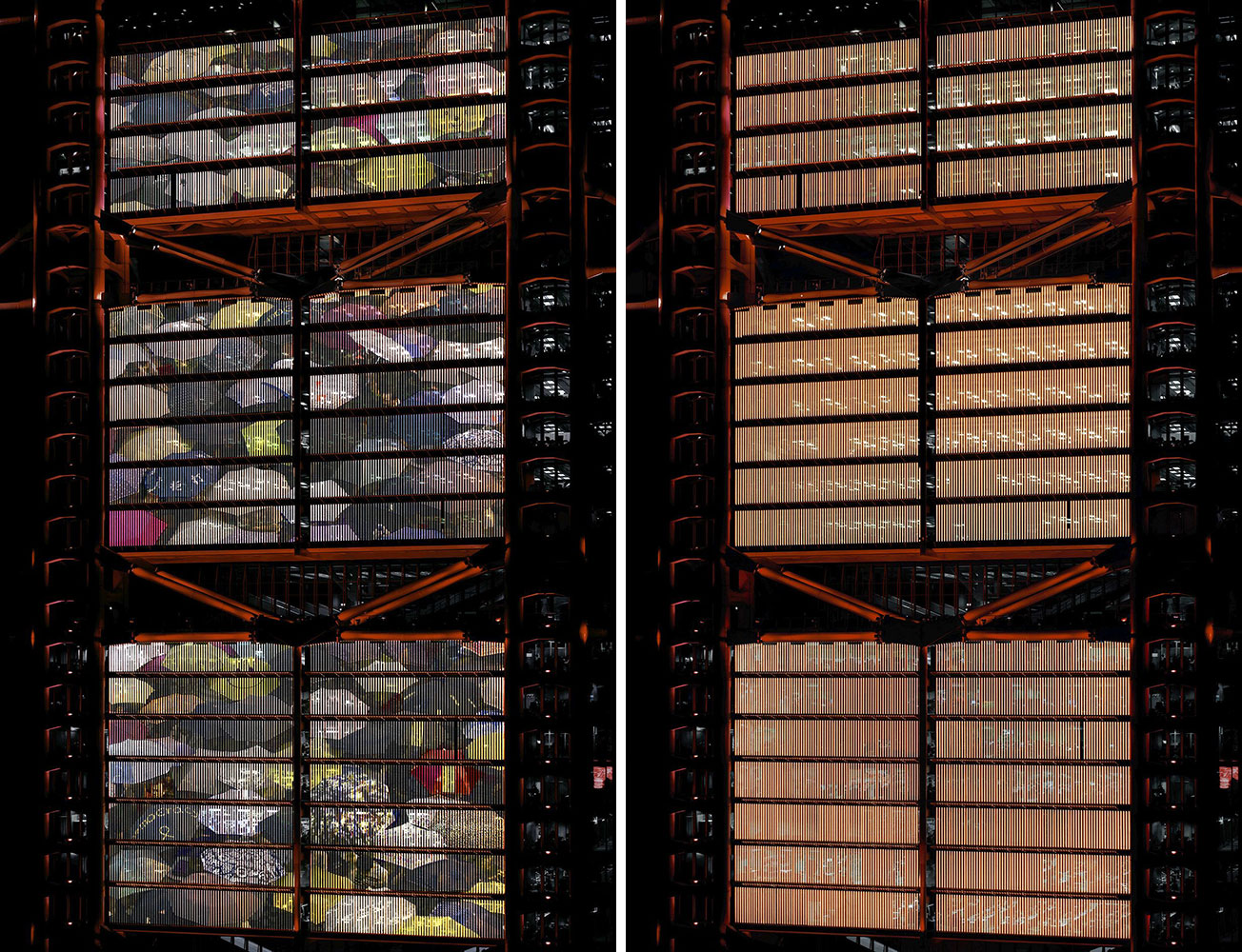PHOTO:Andreas Gursky
 Andreas Gursky is considered one of the most important photographers in the world, an artist who has expanded the boundaries of the photographic medium like few before him. His complex, large-format images—some of which have attained iconic status—show spectacular landscapes and elaborate interiors, combining technical virtuosity with a painterly eye. His work casts a relentless gaze on the age of globalization, rigorously dissecting the effects of modernity. The Dusseldorf-based artist has been associated with the gallery since 1993.
Andreas Gursky is considered one of the most important photographers in the world, an artist who has expanded the boundaries of the photographic medium like few before him. His complex, large-format images—some of which have attained iconic status—show spectacular landscapes and elaborate interiors, combining technical virtuosity with a painterly eye. His work casts a relentless gaze on the age of globalization, rigorously dissecting the effects of modernity. The Dusseldorf-based artist has been associated with the gallery since 1993.
By Dimitris Lempesis
Photo: Sprüth Magers Gallery Archive

Andreas Gursky presents his first new body of work in almost three years, in which he takes up a range of themes that he has investigated for decades. Despite the continuity in theme and subject matter—the new pictures embed his analyses in current events, offering altered settings and situations to explore. “Rhine III” (2018) revisits his important work “Rhine II” (1999), the dimensions, setting and composition of both are all almost identical. And yet, just twenty years later, the mood is drastically altered. The drought of summer 2018 reduced the river to a record low, and the new picture offers a dystopian vision of the once flourishing river landscape. “Cruise” (2020) also brings to mind an important earlier work, “Paris, Montparnasse” (1993). The same grid-like structure appears, but instead of a large apartment building, here there are hundreds of windows on the side of an enormous cruise ship. As with the Paris picture, “Cruise” shows a human environment atomized into a modernist architectural grid. “Politik II” (2020) directly follows Gursky’s work “Rückblick” (2015), also included in the exhibition, to create a new series that looks at political structures. Over a period of several months, Gursky closely observed the activities of the members of parliament in the German Bundestag. . “Politik II” features thirteen politicians in animated conversations, the figures filling the entire width of the picture. The arrangement and number of people in the image, as well as the fact that only one person stands aside, looking into a newspaper, emphasizes the echoes between Gursky’s picture and a typical depiction of the Last SupperWho takes on the role of the savior in this implied depiction of the Last Supper? Is it Angela Merkel, who has moved slightly out of the center of the picture, or Anton Hofreiter, whose shoulder-length hair alone seems to qualify him? As early as 1994, Gursky photographed the high-rise headquarters of HSBC in Hong Kong. Designed by British architect Sir Norman Foster, the building is still a dominant feature of the Hong Kong skyline. While one can still clearly see the employees on the different floors in “Hong Kong Shanghai Bank” (1994), in Hong Kong Shanghai Bank I” (2020) a red-orange diode curtain obscures the windows, a screen against prying eyes. In “Hong Kong Shanghai Bank II” (2020), the façade seems to reflect the current events in front of the bank: A sea of colorful umbrellas, with patterns, faces and slogans of the 2014 Umbrella Movement. In another photograph, “Hong Kong Shanghai Bank II”I (2020), words in horizontal bands stretch across the façade of the building. Highlighting everything from cultural figures to political flash points, the words invite the reader to reflect on the powerful structures that filter our interpretation of historical events. In October 2019, Gursky’s portrait Jonathan Ive was unveiled at the National Portrait Gallery, London, showing the Apple designer in the company’s new headquarters, which was designed by Foster + Partners in close cooperation with Sir Ive. Gursky made a second photograph, “Apple” (2020), at the exact same spot, which is shown in the exhibition. Apple features iPhones and various generations of computers in the same position as the designer in the earlier photograph, but placed on pedestals and lined up along the curved window as if in a museum. The urban living space, and the constant balancing of efficiency with quality in contemporary life, is one of the themes Gursky addresses in his work “Bauhaus” (2020). The functional building with the logo of the DIY store, commonplace across Germany, is shown by the artist in its cold and precise aesthetics, which at the same time brings to mind the famous art school in Weimar. The functional, minimalist architecture designed for modern living is diametrically opposed to the mood in “Pigs” (2020). Here, Andreas Gursky portrays the animals in an unusual close-up, seemingly warm and comfortable in a bed of golden hay. Alongside his new works, previous pictures such as “Utah” and “Tokyo” (both 2017) are also on display, and this exhibition overall offers a chance to observe a range of continuities and new developments in the artist’s oeuvre.
Info: Sprüth Magers Gallery, Oranienburger Straße 18, Berlin, Duration 12/9-14/11/20, Days & Hours: Tue-Sat 11:00-18:00 by scheduled appointment, https://spruethmagers.com









Right: Andreas Gursky, Hong Kong Shanghai Bank I, 2020, Inkjet-print, Diasec, 307 × 205.7 × 6.2 cm (framed), © Andreas Gursky, Courtesy the artist and Sprüth Magers
